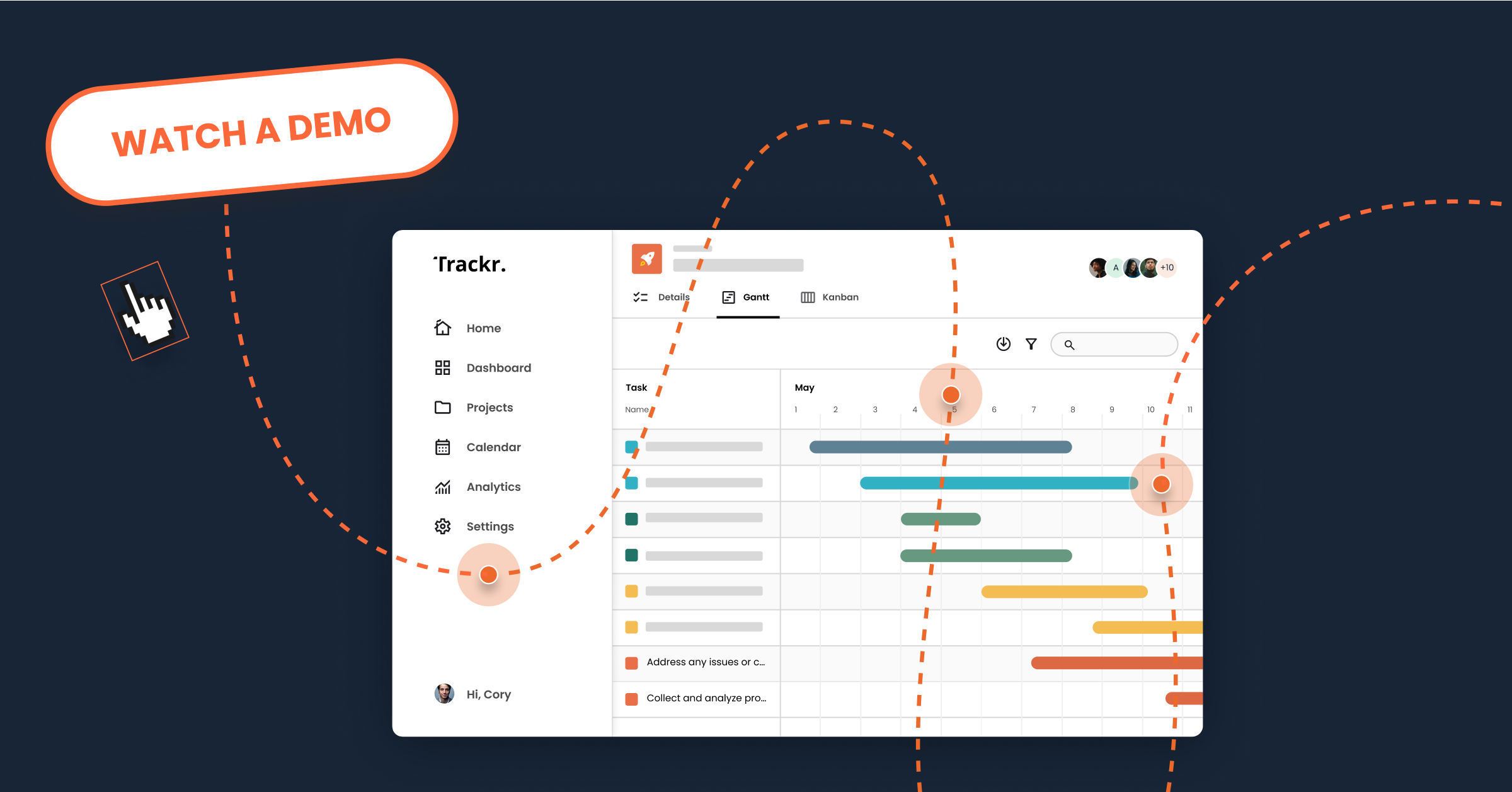 Are you a salesperson or sales engineer tasked with doing product demonstrations for potential clients? I’ve done literally thousands of software product demonstrations over the past fifteen years, so I thought you might find some of what I’ve learned to be helpful. While I’ve done many in-person demonstrations, most of my product demonstrations have taken place from my office using screen sharing tools.
Are you a salesperson or sales engineer tasked with doing product demonstrations for potential clients? I’ve done literally thousands of software product demonstrations over the past fifteen years, so I thought you might find some of what I’ve learned to be helpful. While I’ve done many in-person demonstrations, most of my product demonstrations have taken place from my office using screen sharing tools.
This article is the first tip in a series about how to deliver effective product demonstrations.
Tip #1: Stop! Don’t Demo!
The number one problem I see when I observe new sales reps doing demos is that, in their enthusiasm, they jump in and start demoing. The conversation goes something like this:
“Hi Mr. Prospect (small talk, small talk), thanks for taking the time to watch a demo of our whiz bang product. I’m going to go ahead and get started. Can you see my screen? Ok, good. Feel free to stop me with any questions you might have.”
Enamored with the great product she represents, the rep proceeds to demonstrate in detail, from A-Z, all of the amazing features the product has. In the meantime the prospect has put his microphone on mute so he can stifle a yawn. The rep has learned the product inside and out, communicates well, and does it well, so what is the problem?
The problem is that she doesn’t know what the prospect really needs or is interested in. She needs to stop and not demo. In other words, before you start demonstrating, restrain yourself and ask questions. The client doesn’t really care about your product. They don’t really care about you or your company (at least not at first). What they really care about is solving the problem that they have. It’s all about them. So first, you need to find out if they even have a problem that your product can solve. Second, you need to find out why they think the product might solve it for them (there’s a reason they wanted to be in the demo after all).
You can ask these questions directly, such as, “Mr. Prospect, do you experience the problem of x, y, and z? Oh, you do? Tell me about that.” Or you can ask more broadly, “Can you tell me what challenges you are facing that made you interested in exploring our product/solution?” Using these kinds of questions accomplishes two things.
First, it establishes your credibility. In the client’s mind, they want to believe they are talking with someone who both understands their problem, and can also offer intelligent potential solutions. When you ask a question they relate to, it says, “This person understands me. If they understand my problem, maybe they’ll be able to recommend a solution.” It also builds trust because whenever anyone shares problems with another person, no matter how impersonal, it builds trust. Second, it stokes the fire of their need. They may have been feeling this problem keenly three days ago, but what about five minutes ago? You need them to feel their pain again as keenly as possible. From a persuasion standpoint, you want them cry on your virtual shoulder about all of their problems because ultimately purchasing is an emotional decision. In the best case scenario, they are either going to get excited or feel relief. One of those emotions will lead them to decide to purchase. The more keenly they feel their pain, the more emotion they’ll feel about your solution (assuming it actually solves their pain).
Perhaps the most important reason to stop and not demo is so that you can keep the prospect engaged throughout the demo. By understanding what they need, you can tailor the demo to their unique interests. An expert salesperson will always ask questions, find out what the person really needs and wants to know, then focus first and most deeply on that. It’s simple, but it is surprising how many reps don’t do this.
CONSENSUS™ follows the same principles but with a sort of artificial intelligence. CONSENSUS helps sales teams be more productive (by as much as 3x) by automating some or all of the product demonstration process. It does this by using its patent-pending intelligent personalization engine that starts with questions and configures the demo to meet each prospect’s unique needs. The principle of asking questions first and tailoring the demo to the customer’s needs and interests is a core part of our ability to automate product demos.
So whether you are trying to automate or do a live demo, stop and ask questions first, then demo. This will set the stage for why your prospect needs your solution and it will keep them engaged throughout the demo. Ultimately, this turns into more sales.






